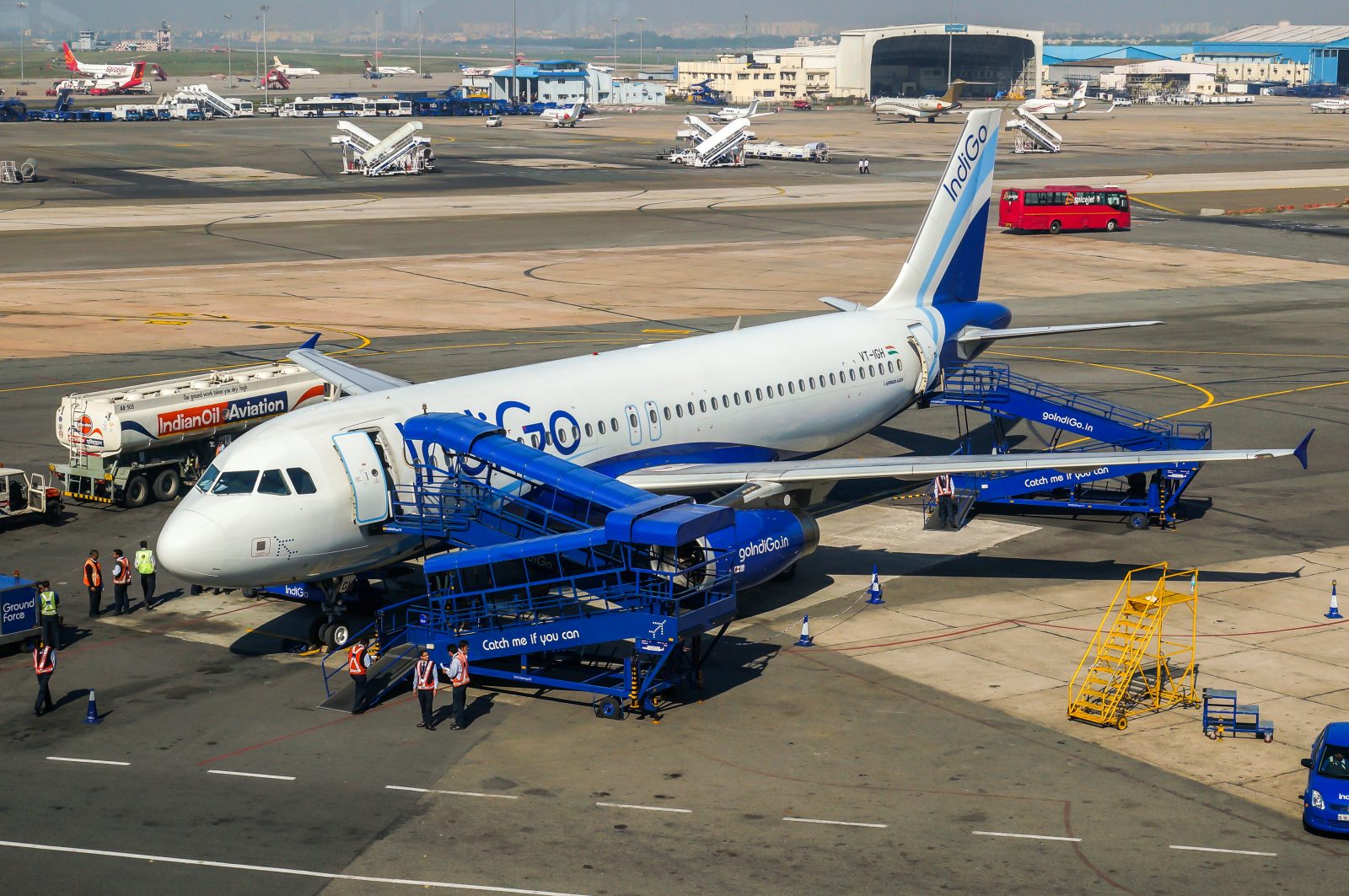
‘An aircraft on the ground is an aircraft not making money’ is a pretty commonsense business rule for any airline but it’s especially true for low-cost carriers that need to maximise the time aircraft are flying passengers rather than idling on the ground.
Over the years, airlines have tried to squeeze precious minutes off the so-called ‘turnaround time’ between an aircraft landing at a destination and then departing again on the next flight.
For all those rushing to get off a plane, here’s a third exit point for you. Courtesy @IndiGo6E #newlaunch pic.twitter.com/yFgAFY6HDf
— Aditi Shah (@aditishahsays) August 4, 2022
Some airlines have got this turnaround process down to a fine art, disembarking passengers through two doors at the front and back of the aircraft so that cleaners can get to work and a new set of passengers can start boarding without a moment to spare.
Ryanair even famously had steps built into its Boeing 737 aircraft so that it didn’t even have to wait (or pay) for mobile steps to be positioned at the side of the aircraft. Some airlines keep cleaning to a bare minimum because that time could be better spent with the aircraft in the air.
But maybe there’s a way to get passengers off the aircraft even quicker? After all, most aircraft have at least four useable passenger doors. That’s exactly what budget Indian airline IndiGo is going to trial by adding an additional exit ramp for passengers.
IndiGo already uses two exit ramps – one at the front left of the aircraft and the second at the rear left door. But on Thursday, the carrier announced plans to add a third exit ramp at the front right-hand side of the plane in an attempt to speed up passenger disembarkation.
In some countries, the right-hand side of the aircraft is reserved for non-passenger activities like catering, and cargo handling but IndiGo says it will be able to use a third exit ramp at around 70 per cent of its operations where remote aircraft stands are used.
IndiGo estimates the current turnaround time is between 30 to 35 minutes and the airline hopes to shave three to five minutes off by adding the third ramp.
The third exit is already in action at several airports (as seen in the video above) and IndiGo Executive Vice President Sanjeev Ramdas hopes the initiative will give the airline a competitive edge over its rivals.
On Wednesday, the airline announced its strongest ever revenue performance for the first quarter but reported a loss on the back of rising fuel prices and the weak rupee.
Mateusz Maszczynski honed his skills as an international flight attendant at the most prominent airline in the Middle East and has been flying ever since... most recently for a well known European airline. Matt is passionate about the aviation industry and has become an expert in passenger experience and human-centric stories. Always keeping an ear close to the ground, Matt's industry insights, analysis and news coverage is frequently relied upon by some of the biggest names in journalism.







